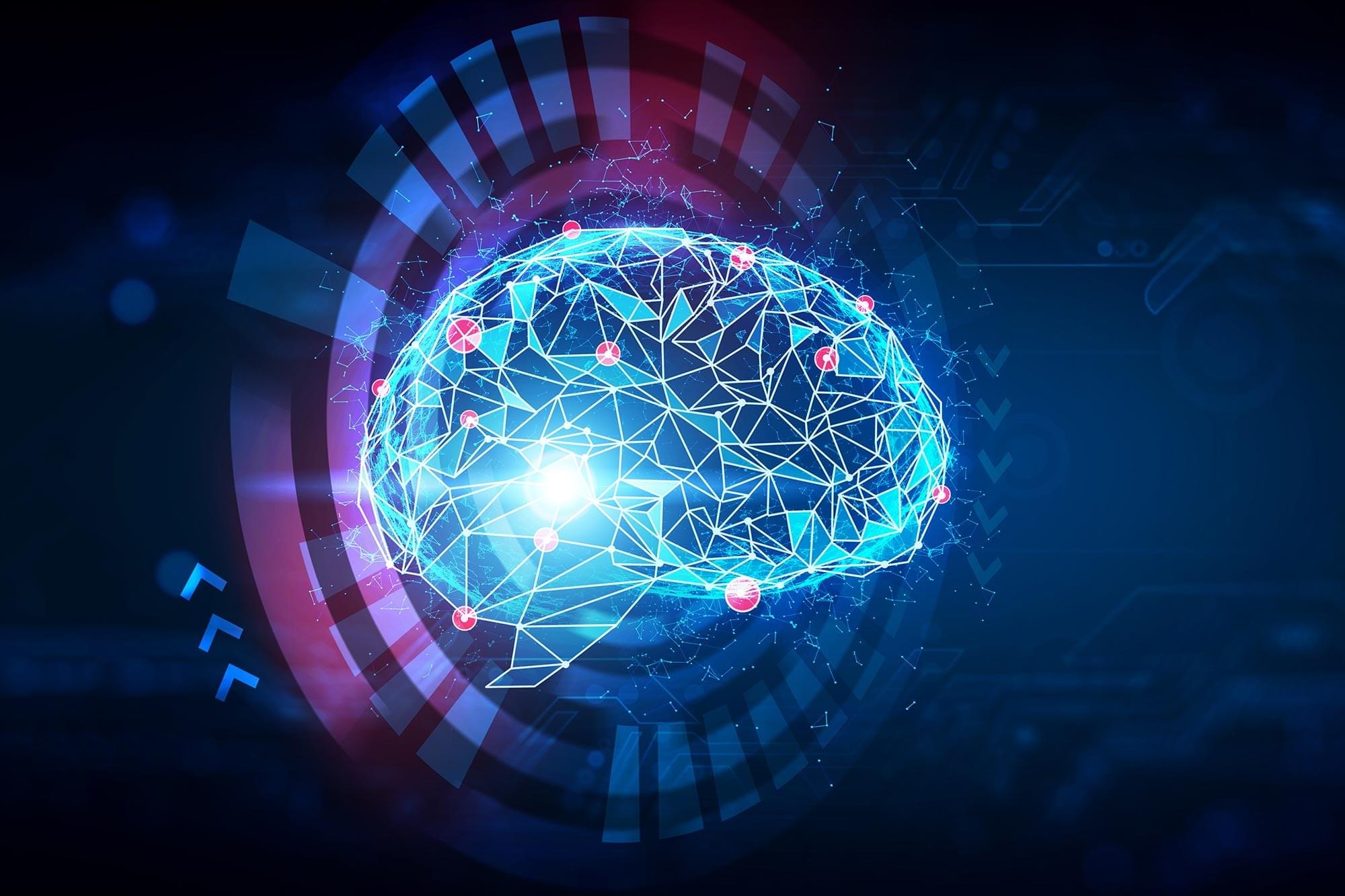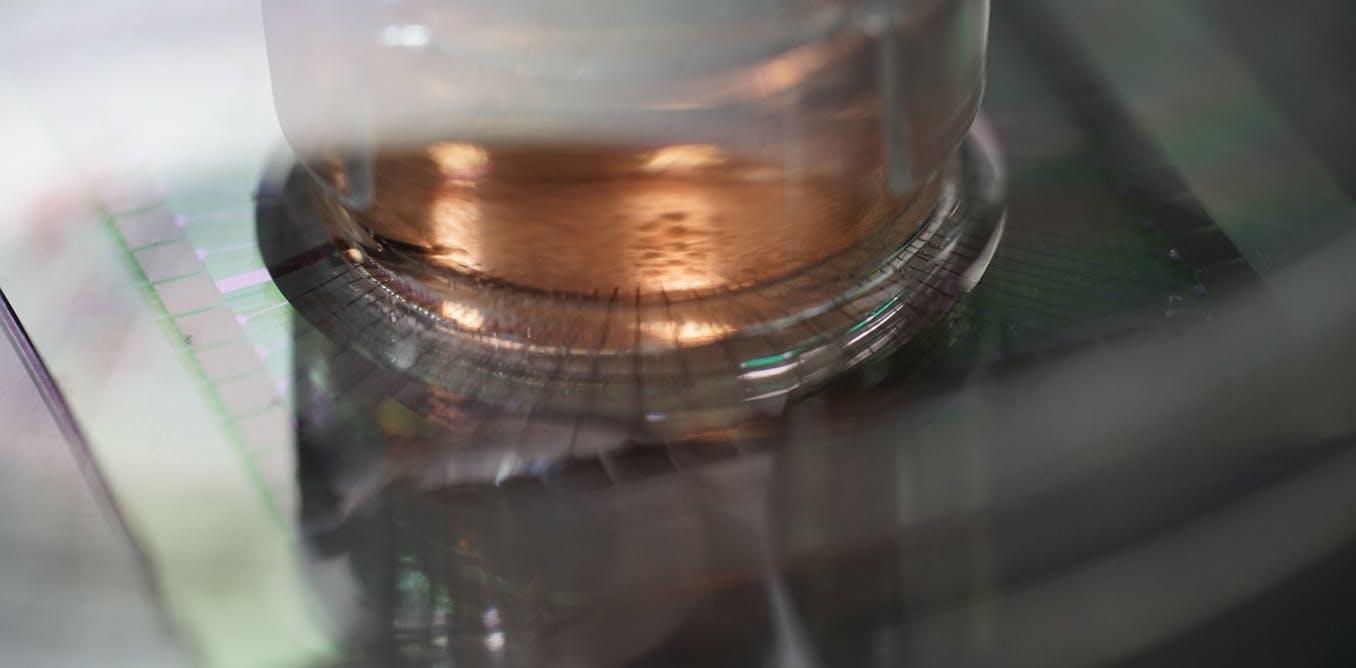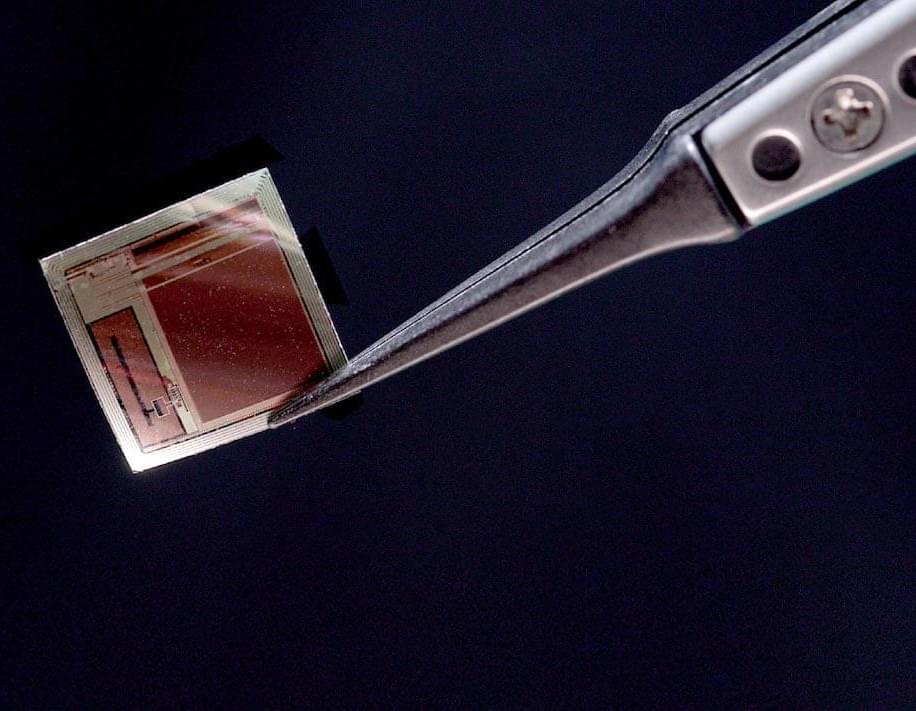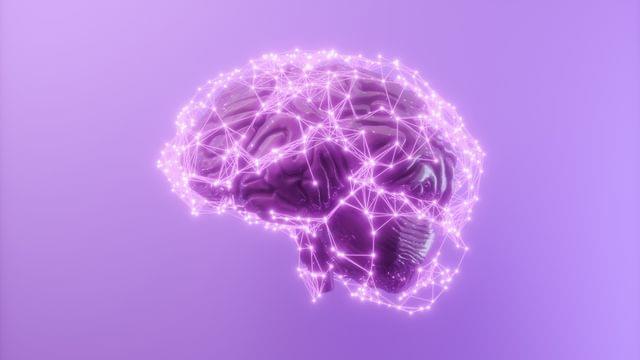Jeffrey R. Schelling & team find inhibition of the fatty acid transport protein FATP2 exerts glucose-lowering effects through GLP-1 secretion by alpha cells:
The figure shows FATP2 expression localizes to pancreatic alpha cells in mouse islets.
1Department of Physiology and Biophysics, Case Western Reserve University School of Medicine, Cleveland, Ohio, USA.
2Louis Stokes Cleveland VA Medical Center, VA Northeast Ohio Healthcare System; Department of Ophthalmic Research, Cole Eye Institute, Cleveland, Ohio, USA.
3Department of Medicine and Naomi Berrie Diabetes Center, Vagelos College of Physicians and Surgeons of Columbia University, New York, New York, USA.









